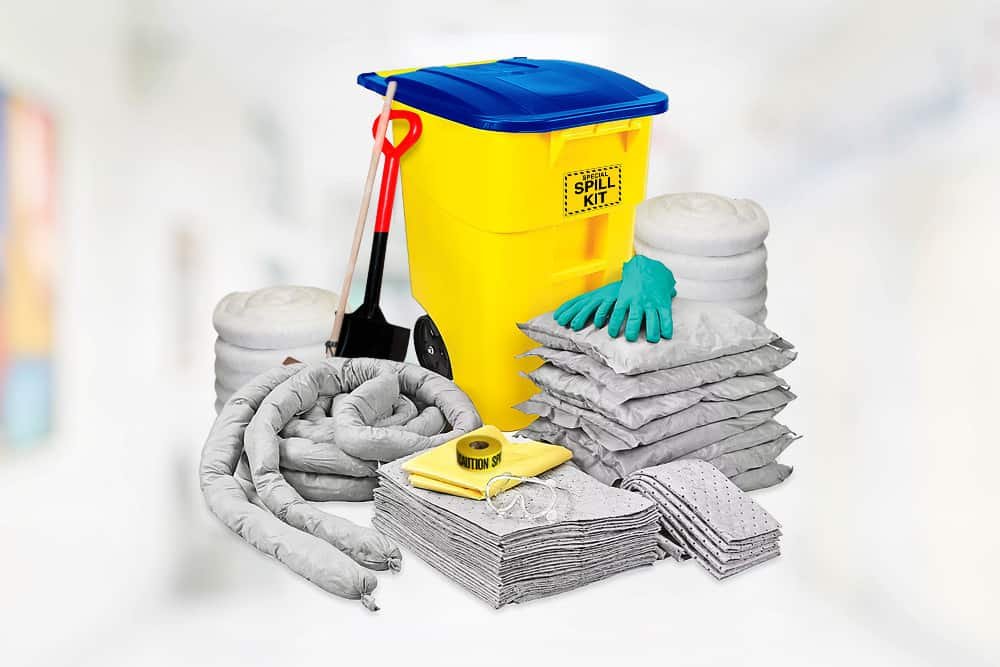Minimizing environmental risks through effective control.



Spill control refers to the practices and equipment used to manage and mitigate the accidental release of hazardous substances, liquids, or materials in order to prevent environmental contamination, health risks, and property damage. This is particularly important in industrial, laboratory, and environmental settings where the handling of chemicals, fuels, or other potentially harmful substances is common.
Key elements of spill control include:
Containment: Quickly containing the spilled material to prevent it from spreading further. This can involve using barriers, berms, or absorbent materials.
Absorption: Deploying absorbent materials like absorbent pads, socks, or granules to soak up and capture spilled liquids, turning them into a more manageable form.
Neutralization: For chemical spills, neutralizing agents may be used to chemically alter the spilled substance and render it less hazardous.
Cleanup: Carefully removing the absorbed or contained material and disposing of it properly in accordance with local regulations.
Safety Equipment: Providing personal protective equipment (PPE) to workers involved in the spill cleanup, including gloves, goggles, respirators, and chemical-resistant suits, depending on the hazard.
Training: Ensuring that personnel are trained in spill response procedures, including how to use spill control equipment and minimize risks.
Emergency Response: Having well-defined plans for responding to large or particularly dangerous spills, which may involve calling in specialized cleanup crews or authorities.
Environmental Protection: Minimizing the environmental impact of the spill through measures like erecting containment booms on water bodies to prevent the spread of contaminants.
Effective spill control is essential for safeguarding both the environment and human health, and it is often mandated by government regulations and industry standards. Companies and organizations that handle hazardous materials are required to have spill response plans in place to address potential incidents swiftly and effectively.

